Since the industrial revolution, humankind has become fully dependent on fossil fuels. What you may not realize is that petroleum is not used just to power vehicles. You would probably not be able to make it to the office if all fuel-dependent utilities would suddenly stop working.
Anyways, even with all these apocalyptic scenarios that will probably never happen, the truth is, cars are world’s main consumer of fuel. Furthermore, fuel has been refined and re-engineered to better suit the needs of automotive internal combustion engine. With all vehicles, the main goal is the same: use the least amount of fuel to produce the highest amount of power.
There are a few myths going around regarding car fuel. You might hear discussions at the pump station regarding the quality of the fuel filling your tank. The average Joe will pour high-octane, premium gasoline in his 1989 Ford Sierra and expect it to turn into an asphalt beast. Unfortunately, this won’t happen, and any changes Joe may feel behind the wheel are solely a Placebo effect.
This is just one of the many myths going around regarding fuel. We’re going to debunk the most popular myths on car fuel and find out what you can actually do to improve your car performance.
Premium gasoline for the old lady?
First of all, let’s get back for a second to the premium gasoline issue. On one hand, we’re used to receive higher quality from premium products. And indeed, premium gasoline offers better performance, but with the right engine.
Here is what is going on. On high performance vehicles, the engine is so finely tuned that any error might lead to irrecuperable damage. This is one of the reasons why supercar manufacturers don’t recommend but actually impose the use of high octane fuel. Powerful engines usually come with a high compression ratio – that is, how much is the air and fuel mixture compressed by the pistons.
Compression increases pressure and temperature. If the mixture of hydrocarbons in the fuel are not right, the fuel will self-ignite before it reaches the optimum moment in the engine. This will cause the piston to knock, basically making it go down the wrong way. A high-octane fuel provides a higher self-ignition property, avoiding piston knock.
In conclusion, if you don’t own a car that specifically asks for premium gas, save your cash. In regular engines, regular fuel will burn just the same as premium versions. The only thing burning faster is your bank account.
If you enjoy reading economics, check out this article on why are premium fuels so damn expensive.
TIP: Replace your car’s fuel filter and make sure the air filter is also in mint condition. These two are the main reasons why your car does not correctly burn fuel and thus not giving peak performance.
Filling up when it’s colder gets you more gas
Theoretically, filling up in a chilly summer morning should get you more gas than when filling in the middle of the day. From a thermodynamic point of view, the idea is accurate. The principle is very simple: a cooler liquid is denser.
However, that’s about it. The truth is, unless you are filling up a 10,000-gallon reservoir of a spaceship, the variation in density is not worth actually programming your gas stop. Normally, there’s a 2% variation of density for every 68 degrees Fahrenheit.
The graph below describes the density drop of fuel according to temperature. Blue lines represent diesel, red lines are for gasoline and the pink slope represents pure ethanol.

Furthermore, there’s one more aspect to consider. All fuel is stored in underground tanks that are purposely sealed to prevent large temperature variations. Basically, petrol stations won’t give you (much) more fuel in the morning, neither will you be cheated in the afternoon.
TIP: A well maintained engine and properly inflated tires will reduce fuel consumption, compensating for waking up late and filling up when it’s already hot outside.
Extra: Fuel Tips To Improve Your Driving Experience
Now that we’ve settled with the myths, here are some quick&easy tips to get out most of the fuel your car uses.
Tip #1: More fuel, fewer times. It’s a bad idea to run around with an almost empty tank. The residue gathering at the bottom of the tank is prone to be absorbed by the fuel pump and clog the fuel filter. Worse, if the residue goes beyond the filter, your fuel injectors will have to suffer. It’s better to fill up the tank completely and keep a decent amount of fuel in it, rather than constantly driving with the minimum possible.
Tip #2: Don’t redline it! Driving fast is fun, but it’s just like running really fast: more energy is required. To keep a decent mileage, don’t over rev your car if you don’t have to. Enjoying the high RPM range in a tunnel is, however, something you should indulge.
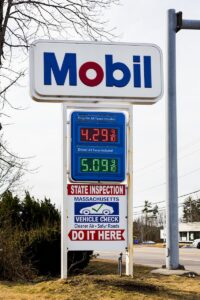 There are several reasons why gas prices differ across USA. These include:
There are several reasons why gas prices differ across USA. These include:



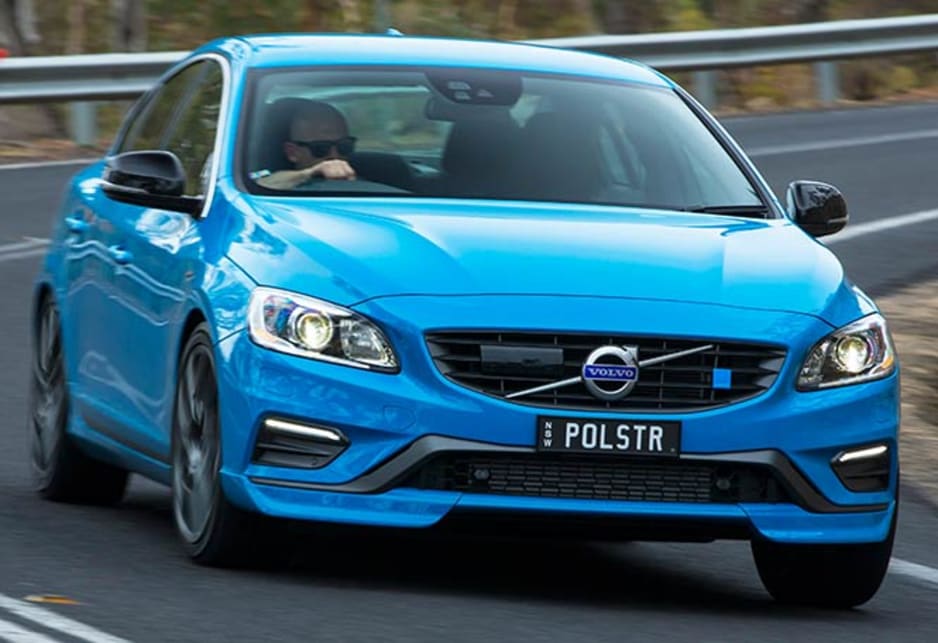
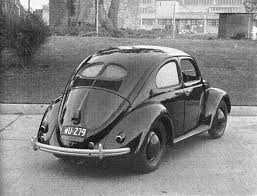 Volkswagen
Volkswagen Skoda
Skoda
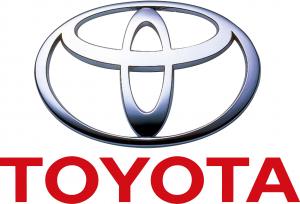 Think of Toyota, and you’re probably thinking of one of the world’s largest and
Think of Toyota, and you’re probably thinking of one of the world’s largest and 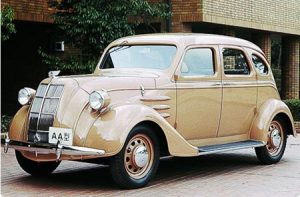 Toyota Motor Co. officially separated from the rest of Toyoda in 1937, when it became an independent manufacturer. The name change from Toyoda to Toyota was due to the fact that the Japanese symbol for the word went from Kanji to katakana giving it 8 letters. In East Asian culture, the number 8 is considered lucky, so Toyota decided to go with that. During the great Pacific War (essentially World War II), the company started making trucks for the Imperial Japanese Army. The demand for trucks was greater than the actual production, as Toyota was basically the largest and only provider. To make as many as possible, they had to keep the trucks simple and bare. They didn’t even come with two headlights, but rather a single one in the middle of the hood. A scheduled Allied bombing was planned to shut down the Toyota factories in Aichi and completely cripple Japan, but the war thankfully ended long before that.
Toyota Motor Co. officially separated from the rest of Toyoda in 1937, when it became an independent manufacturer. The name change from Toyoda to Toyota was due to the fact that the Japanese symbol for the word went from Kanji to katakana giving it 8 letters. In East Asian culture, the number 8 is considered lucky, so Toyota decided to go with that. During the great Pacific War (essentially World War II), the company started making trucks for the Imperial Japanese Army. The demand for trucks was greater than the actual production, as Toyota was basically the largest and only provider. To make as many as possible, they had to keep the trucks simple and bare. They didn’t even come with two headlights, but rather a single one in the middle of the hood. A scheduled Allied bombing was planned to shut down the Toyota factories in Aichi and completely cripple Japan, but the war thankfully ended long before that.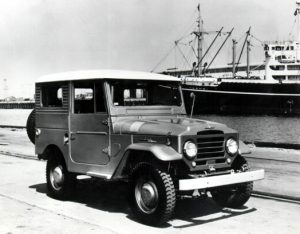 Japan was arguably the most devastated country after the War. Economic growth was nonexistent, with even the most prominent of companies struggling to survive. None the less, production continued with the
Japan was arguably the most devastated country after the War. Economic growth was nonexistent, with even the most prominent of companies struggling to survive. None the less, production continued with the 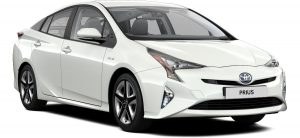 Today, Toyota is thriving in large sale numbers, but the most recent troubles date back as recent as 2008. During weak US economy in 2008, Toyota announced that their numbers have been slowly but surely declining. The same thing happened with the Detroit Big Three. The reason was simple: the Tundra wasn’t selling in the needed numbers, and neither were the Prius, Corolla or Yaris. Fast forward some 5 years later, and everything’s changed yet again. The high demand of hybrids put the Prius back on the radar for lots of potential buyers, and the increase in pickup demand meant the affordable Tundra became an option for many people.
Today, Toyota is thriving in large sale numbers, but the most recent troubles date back as recent as 2008. During weak US economy in 2008, Toyota announced that their numbers have been slowly but surely declining. The same thing happened with the Detroit Big Three. The reason was simple: the Tundra wasn’t selling in the needed numbers, and neither were the Prius, Corolla or Yaris. Fast forward some 5 years later, and everything’s changed yet again. The high demand of hybrids put the Prius back on the radar for lots of potential buyers, and the increase in pickup demand meant the affordable Tundra became an option for many people.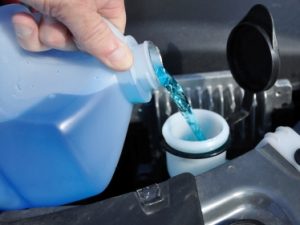 Apart from snow, there’s another obvious way to figure out winter has settled in: everything around start freezing. And believe it or not, your car might freeze too and refuse to start in a cold December morning. Most of the time, the issue resides in improperly maintained engine fluids. Using proper engine oil and antifreeze goes a long way in keeping your car ready to go on winter days. Here’s a more detailed approach on the subject.
Apart from snow, there’s another obvious way to figure out winter has settled in: everything around start freezing. And believe it or not, your car might freeze too and refuse to start in a cold December morning. Most of the time, the issue resides in improperly maintained engine fluids. Using proper engine oil and antifreeze goes a long way in keeping your car ready to go on winter days. Here’s a more detailed approach on the subject.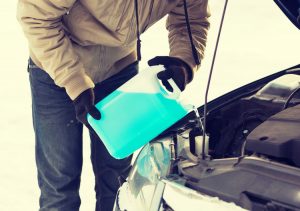 Your car relies on coolant to keep engine temperature at a steady value where it provides maximum yield. On the other hand, as winter sets in, very low temperatures may cause coolant to freeze within the piping and the radiator. If this happens, your car’s cooling pump will be overloaded and eventually fail resulting in a costly replacement.
Your car relies on coolant to keep engine temperature at a steady value where it provides maximum yield. On the other hand, as winter sets in, very low temperatures may cause coolant to freeze within the piping and the radiator. If this happens, your car’s cooling pump will be overloaded and eventually fail resulting in a costly replacement. Before you buy car insurance you should compare prices on car insurance. You may not recognize how valuable this one step can be until you witness it yourself. There are plenty of good solid options for car insurance many you would never be exposed to unless you compare prices on car insurance plans.
Before you buy car insurance you should compare prices on car insurance. You may not recognize how valuable this one step can be until you witness it yourself. There are plenty of good solid options for car insurance many you would never be exposed to unless you compare prices on car insurance plans.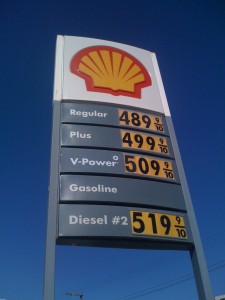 Gas Prices In The US Vary Across States
Gas Prices In The US Vary Across States